(NLDO) - Many filamentous microorganisms have mysteriously appeared in samples that Japan's Hayabusa2 spacecraft brought back from the asteroid Ryugu.
Ryugu, 200 million miles from Earth, is an ancient object that still bears the chemical signature of the early solar system. The Japanese spacecraft Hayabusa2 reached it and brought back 5.4 grams of rock and dust to Earth in 2020.
These samples were carefully processed and distributed to scientists around the world for study, revealing in turn fascinating evidence of pre-life molecules.
A sample sent to the UK recently turned up the most surprising thing of all: living things. But it may not be good news.
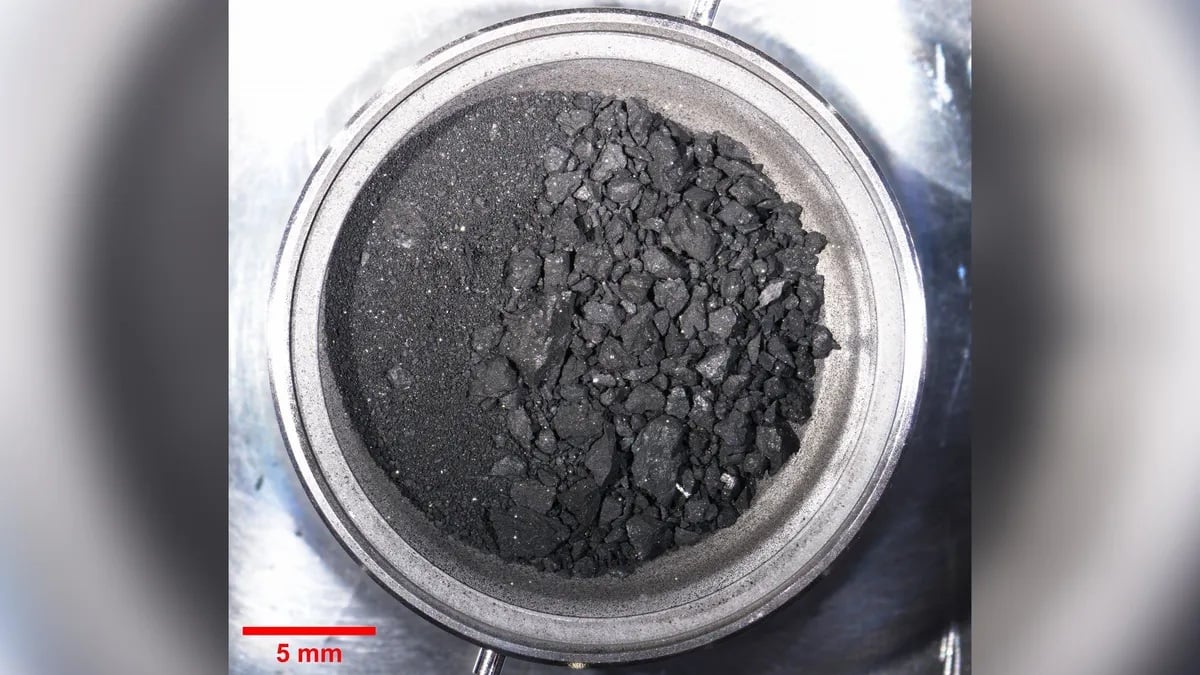
Sample of asteroid Ryugu that the Japanese spacecraft brought back to Earth - Photo: NATURE COMMUNICATION
After Hayabusa2 returned, researchers opened its sample container in a vacuum chamber inside a clean room to prevent contamination, according to Live Science.
The specimen is then stored in a room filled with high-pressure nitrogen before being divided into multiple nitrogen-filled cylinders for shipping around the world.
A sample of them has come to researchers at Imperial College London (UK).
Upon receiving it, researchers immediately scanned the space rock with X-rays and found no signs of bacteria on its surface.
After three weeks, they embedded the sample in resin to preserve it, and a week later, they scanned it again under an electron microscope. A swarm of wriggling filamentous bacteria emerged.
But instead of an enthusiastic statement, they were filled with skepticism.
"The presence of microorganisms in meteorites has been used as evidence for extraterrestrial life; however, the possibility of terrestrial contamination makes this interpretation controversial," the authors wrote in the scientific journal Meteorics and Planetary Science.
They suspect that these bacteria are not aliens because their morphology and development are identical to some known bacteria on Earth.
However, this hypothesis is also very difficult to explain because it seems that all stages bring absolute safety.
If they were Earth creatures, it is difficult to understand when and how they attacked the specimen.
However, researchers still lean towards the hypothesis that they are Earth creatures.
“The presence of terrestrial microorganisms in a Ryugu sample underscores that microorganisms are the world’s greatest colonizers and are capable of evading pollution controls,” they added.
Therefore, the team suggests that caution should be exercised when detecting microorganisms in samples from space, even with strict contamination controls in place.
They are not necessarily evidence of extraterrestrial origin.
However, both possibilities - whether they are extraterrestrial or terrestrial - need to be examined more specifically, to explain why they suddenly appeared, when and how they were in the sample.
Source: https://nld.com.vn/mau-vat-tau-vu-tru-nhat-dem-ve-trai-dat-day-sinh-vat-kho-hieu-196241130075826725.htm



![[UPDATE] April 30th parade rehearsal on Le Duan street in front of Independence Palace](https://vstatic.vietnam.vn/vietnam/resource/IMAGE/2025/4/18/8f2604c6bc5648d4b918bd6867d08396)

![[Photo] Prime Minister Pham Minh Chinh receives Mr. Jefferey Perlman, CEO of Warburg Pincus Group (USA)](https://vstatic.vietnam.vn/vietnam/resource/IMAGE/2025/4/18/c37781eeb50342f09d8fe6841db2426c)


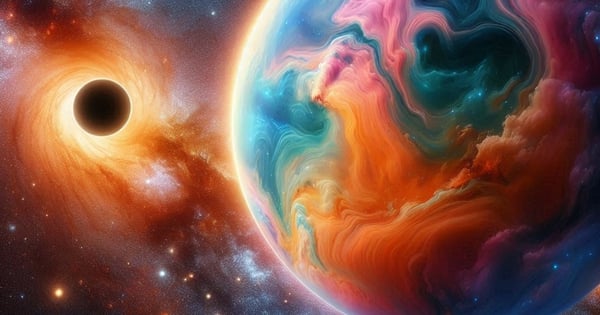
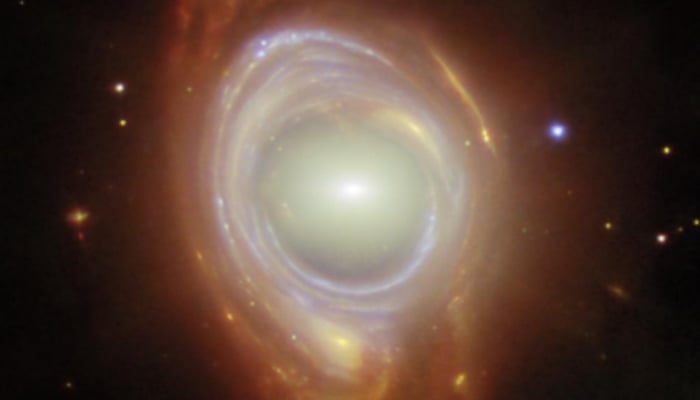

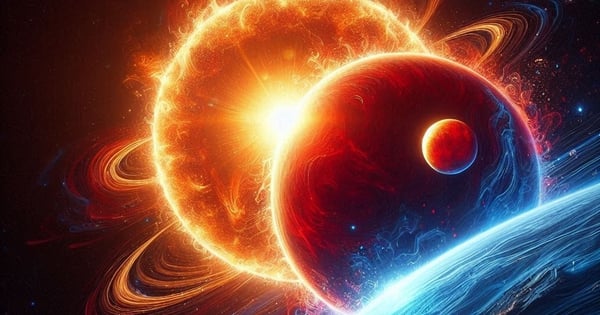
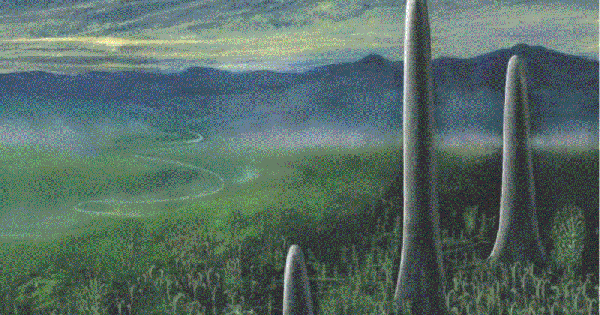
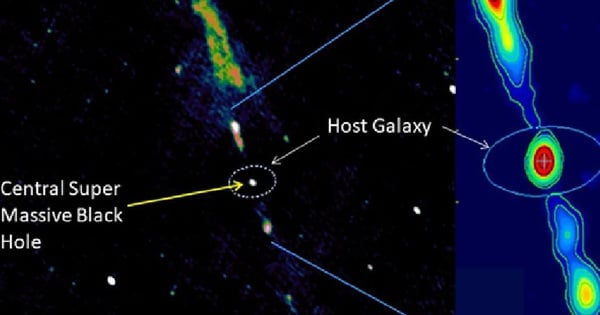
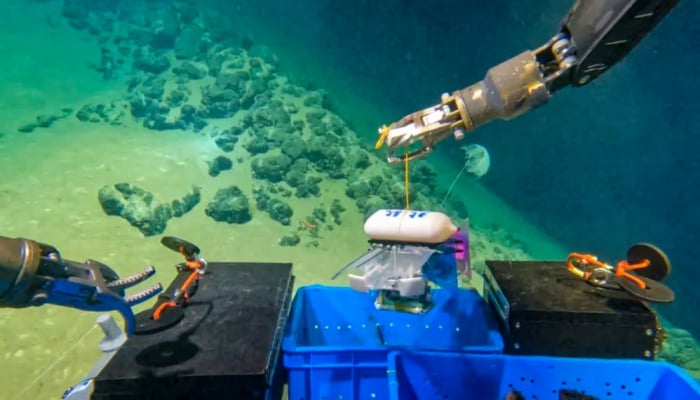
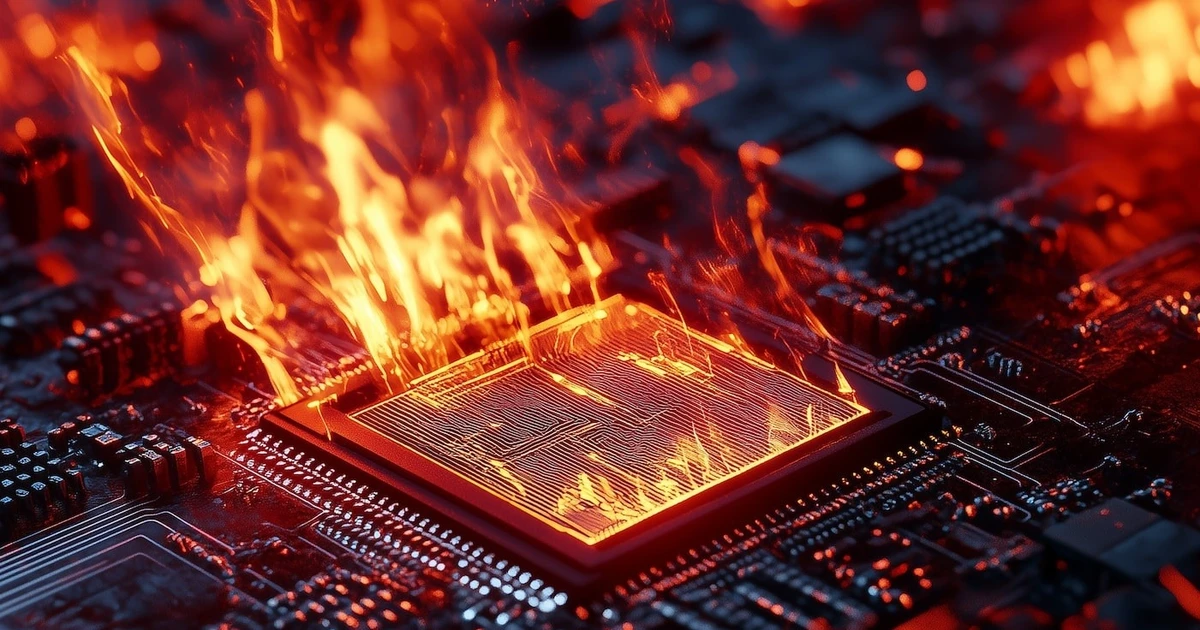
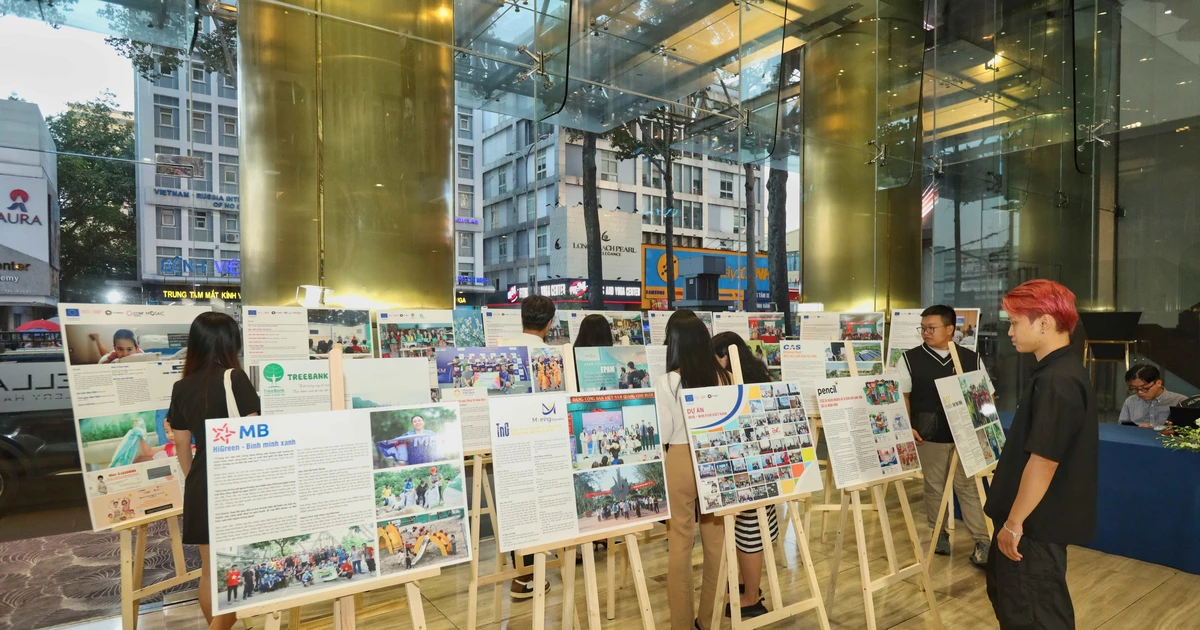

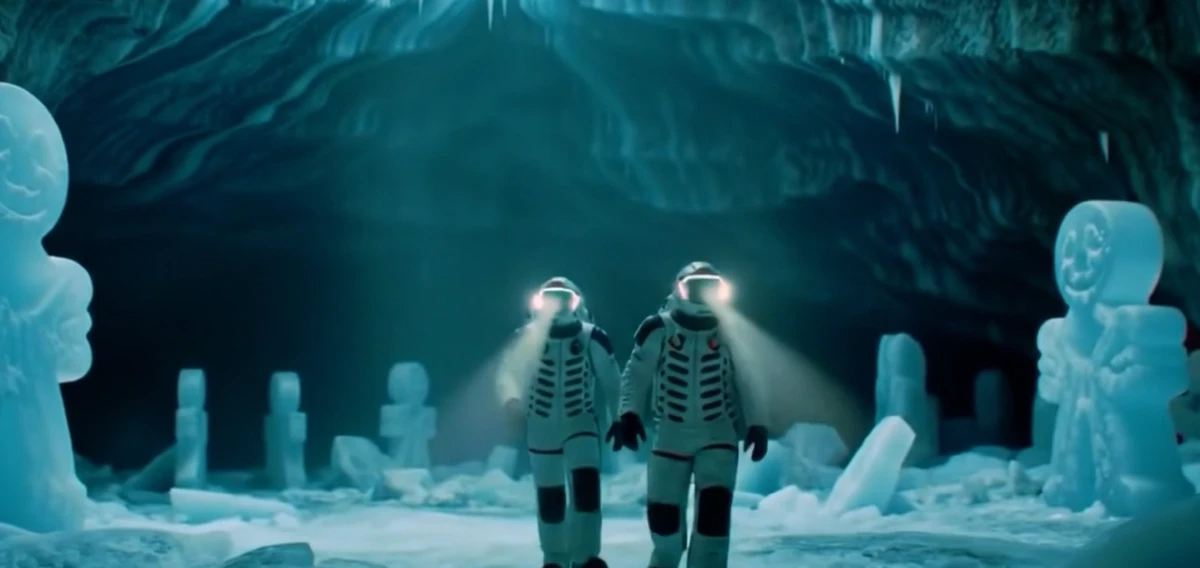
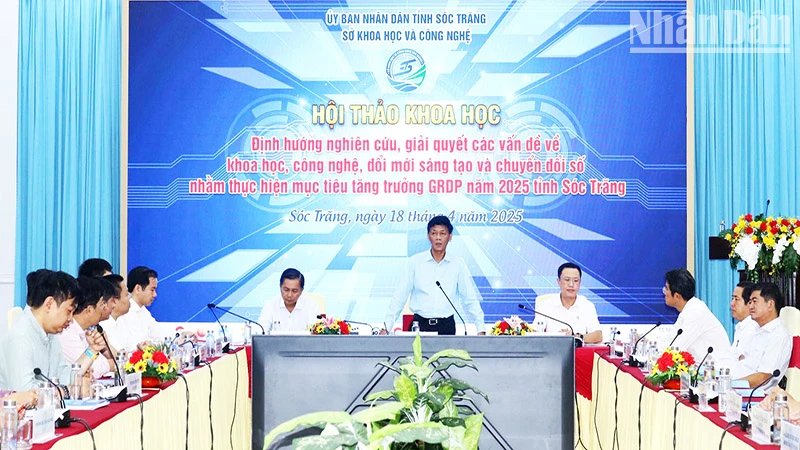





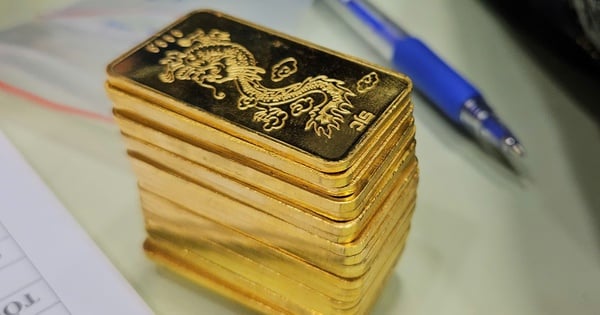

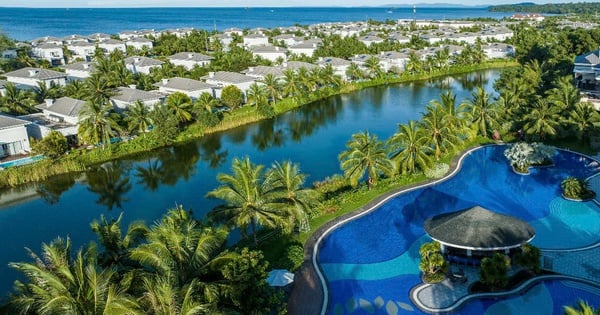

























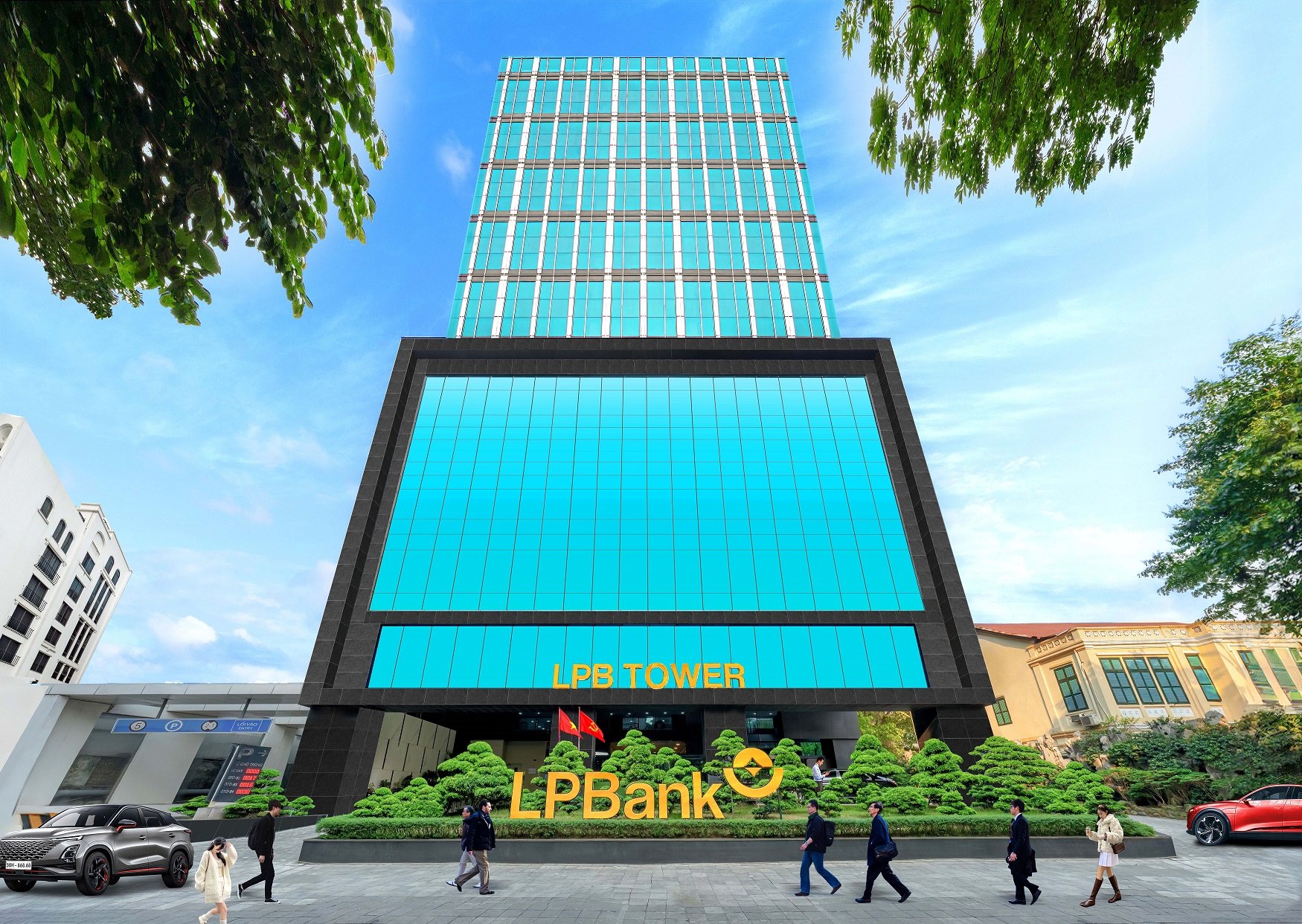







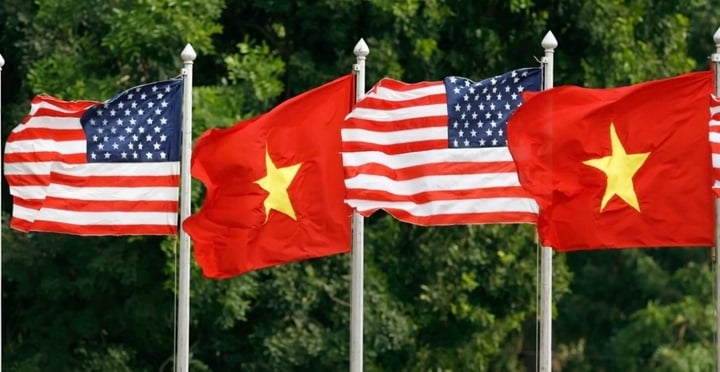














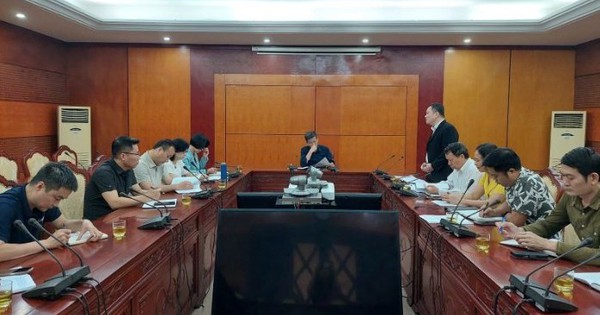
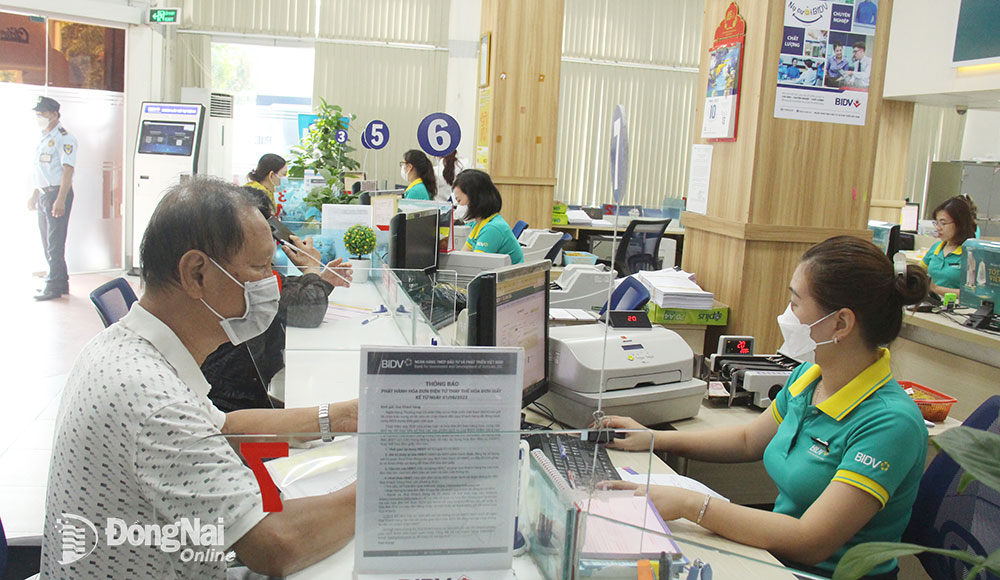


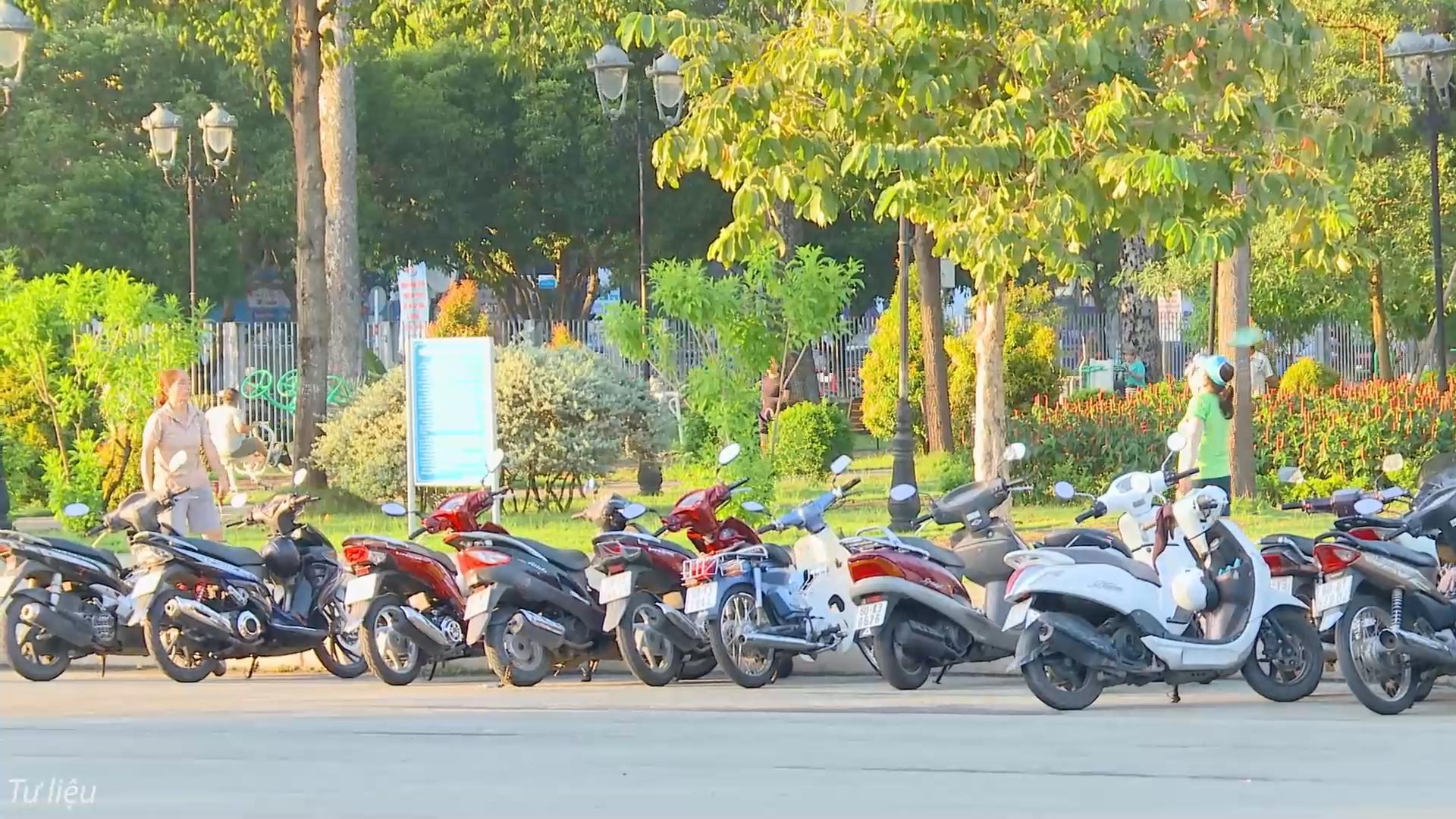
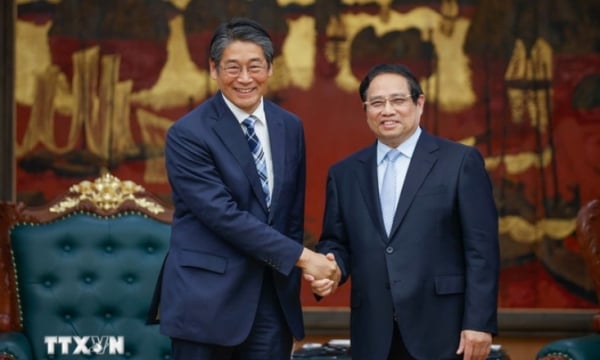
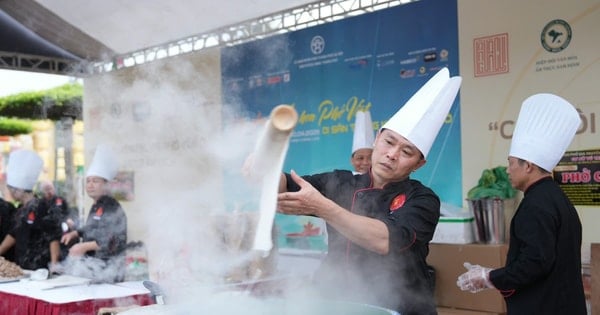

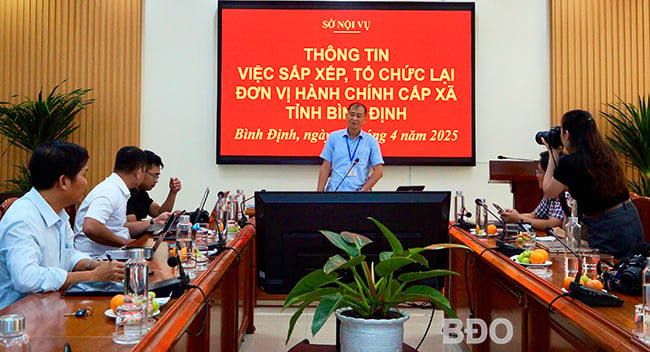










Comment (0)